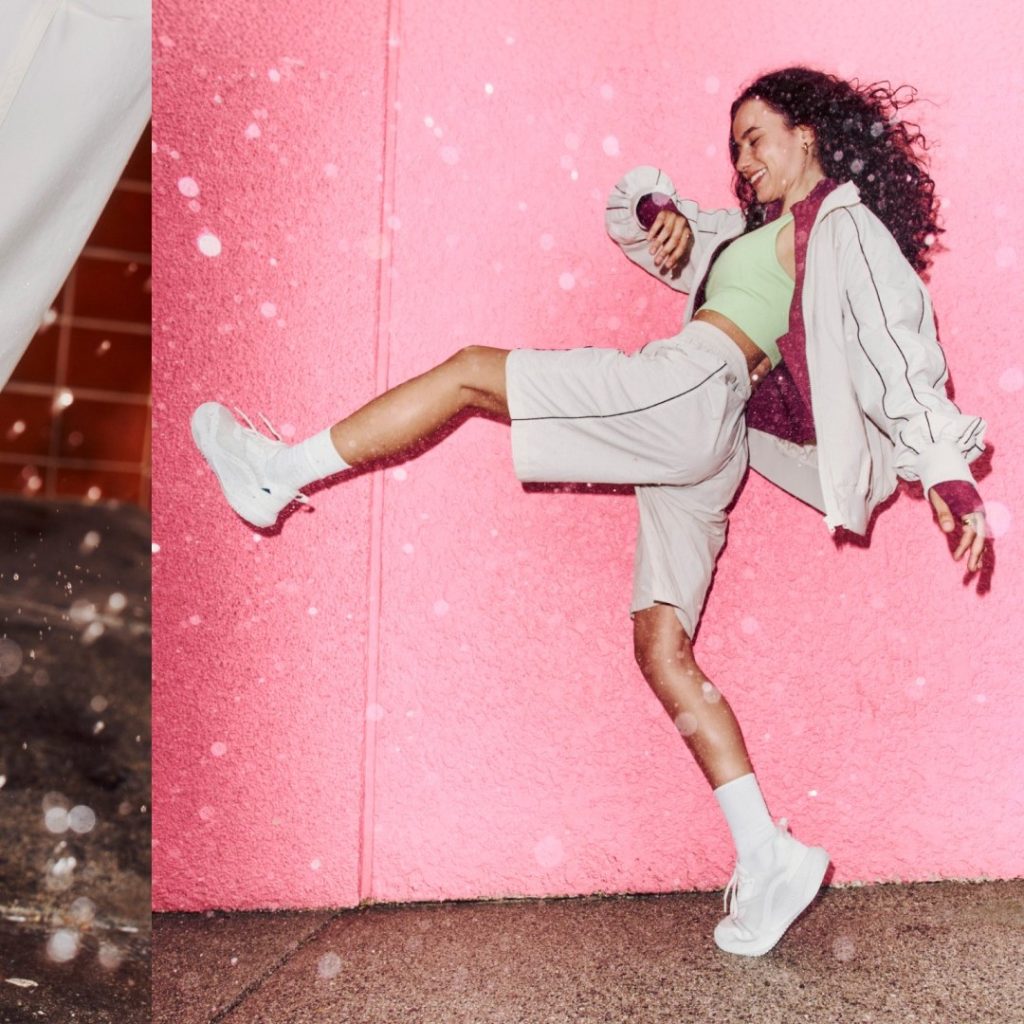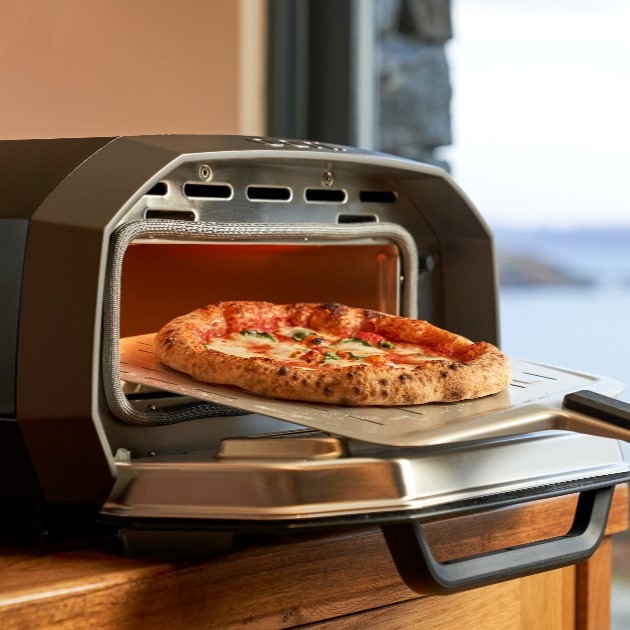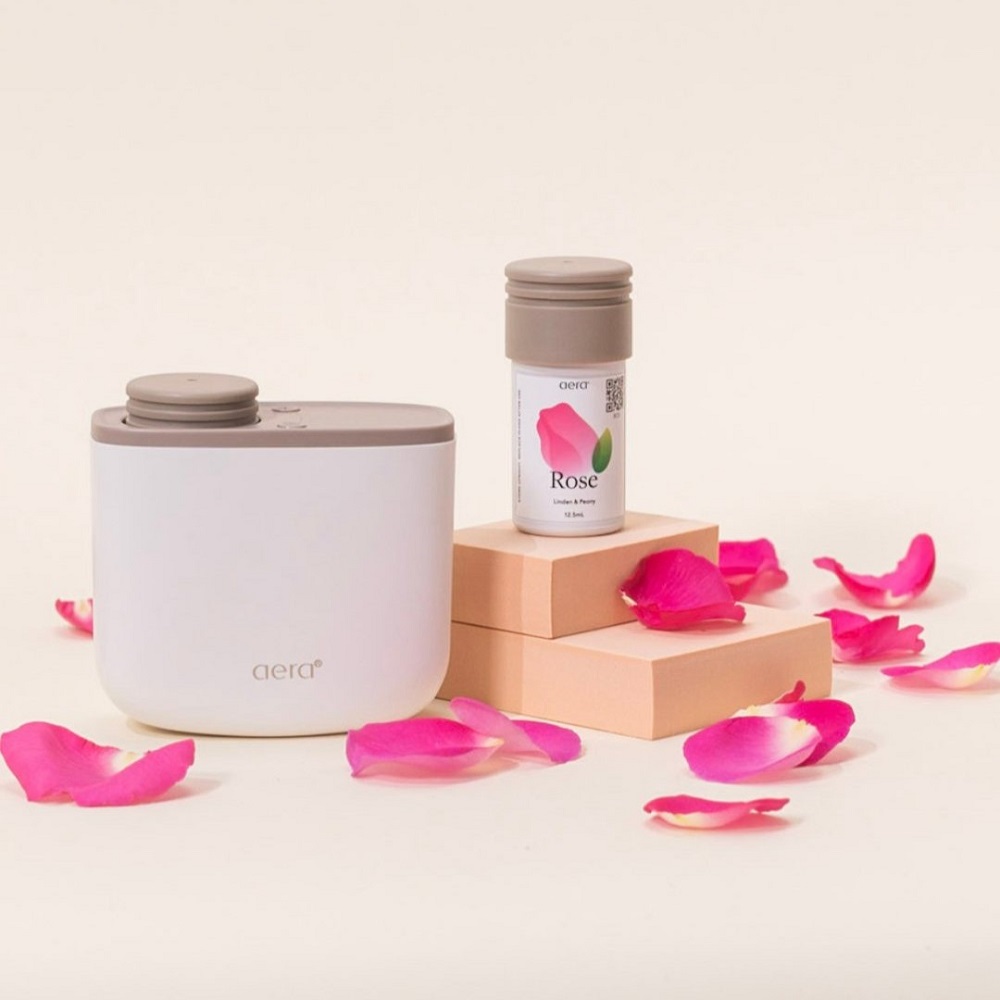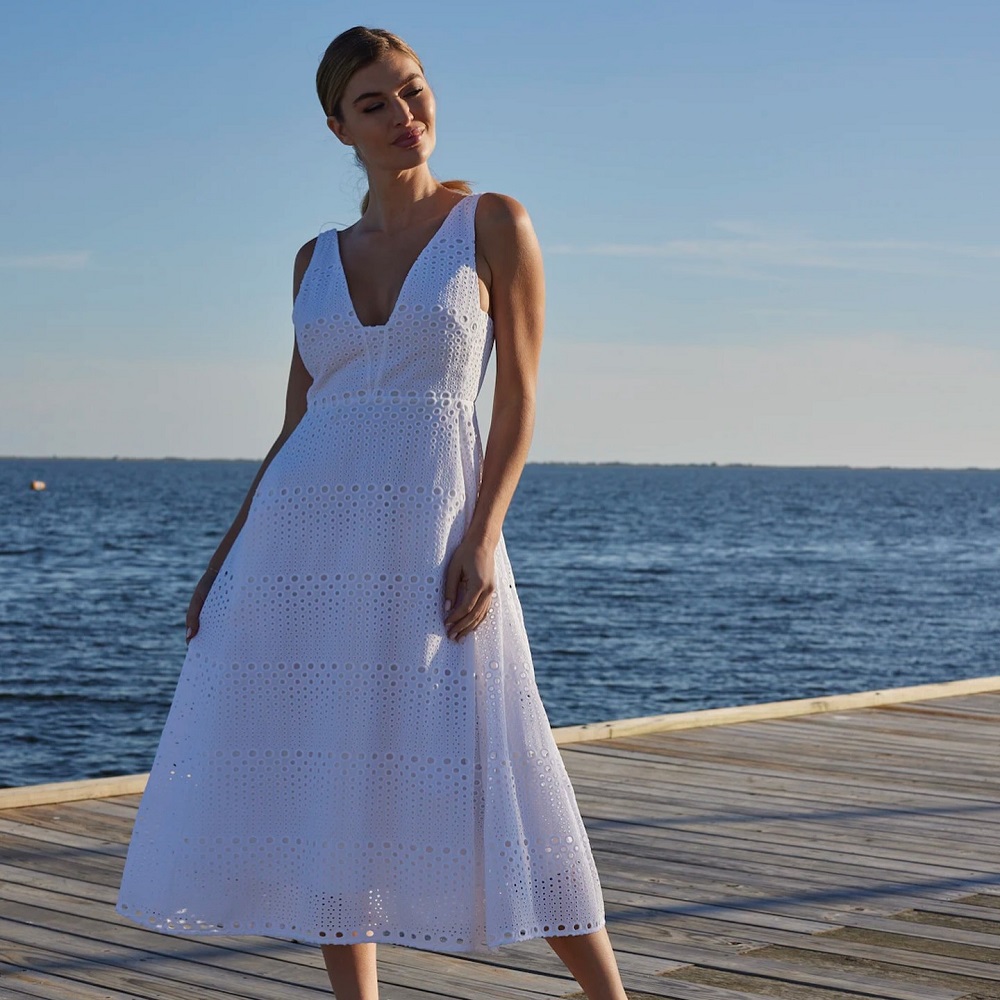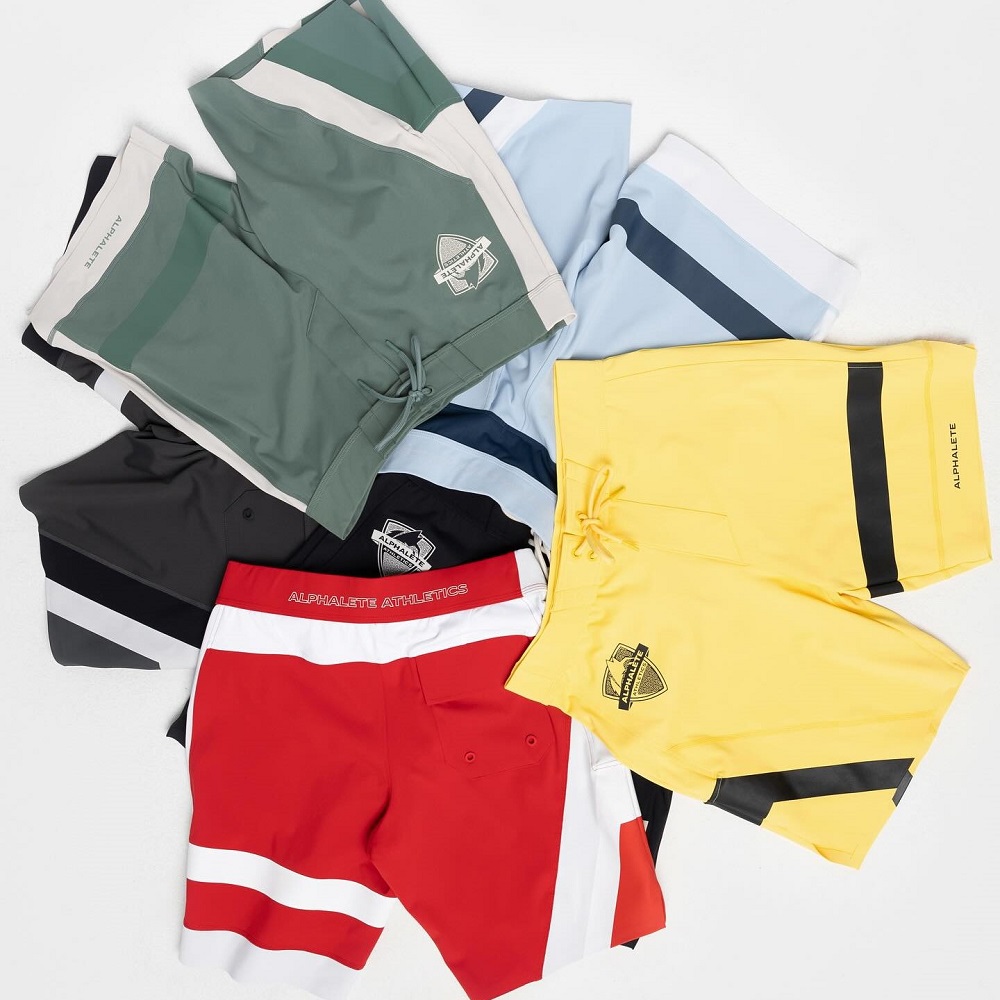What Are Compression Socks: The Ultimate Guide
Table of Contents
How Compression Socks Work & Why People Love Them
For those reading this article, you’ve likely heard of this specialized sock type. Virtually everyone, regardless of age or activity level, can benefit from compression socks. You may have needed them for years, without being aware of their function. What are compression socks? Let’s dive in:
Compression socks target a crucial element of health and bodily comfort: leg circulation. A run down: blood flows from your heart and is pumped through arteries and vessels, circulating oxygen, immune system proteins, and other key fluids throughout your body. Our veins are not pressurized, meaning blood must be pumped against gravity to move back up our legs.
If you have low blood pressure, getting blood to your lower limbs is even more difficult. Even if you’ve got solid calf and leg muscles, they don’t necessarily work efficiently. In either case, wearing low quality socks or the wrong kind can result in uneven circulation in the legs, causing muscle soreness. Blood pools in the feet, causing a ‘heavy leg’ feeling, or venous insufficiency, related to poor circulation.
Enter compression socks. They help push blood and fluid out of your legs, enhancing circulation by establishing a pressure gradient. Compression socks fit tightly around your ankle, decreasing in pressure toward the top. This translates into a number of core benefits to your body.
Compression Socks Benefits – Will They Work For You?
The benefits of compression socks is well established, with circulation benefits that apply to multiple different lifestyles. One or more of these circumstances are likely directly relevant to you:
You’re an Athlete
Studies have shown that compression socks help with post-exercise recovery, particularly by reducing soreness in the legs. We’re not disproving the “no pain, no gain” mantra. Rather, your muscles will repair faster on your rest day.
Compression socks are moisture wicking. They keep you dry and odour free, while complimenting the natural cooling effect of sweat. So anyone who practices aerobics can also benefit from these socks. Their close-fitting material doesn’t chafe like other fabrics, even during the most intense workouts.
You Sit All Day at Work
If you’re a 9 to 5’er glued to your desk, your calf muscles do very little to pump blood from your legs to your heart. The ‘heavy leg’ feeling is most common in these circumstances. Wearing compression socks to work will promote healthy blood flow, allowing you to stay comfortable at your desk.
You Stand for Long Periods of Time
Compression socks are particularly beneficial for retail employees, those in the hospitality industry, and trade workers. At the end of your shift, your legs will feel less fatigued and have more energy if you wear compression socks.
You Travel Frequently
Travelling far distances is similar to working a desk job: prolonged sitting causes blood to pool in the legs. This presents a unique problem while flying, as hours spent sitting increases the risk of developing deep vein thrombosis (blood clots). Not only do compression socks significantly reduce this risk, wearing them will also have your legs feeling fresh when you finally reach your destination.
You’re Post-Surgery
As you recover from surgery, a doctor may prescribe compression socks. The increased efficiency of blood flow promotes healing in the affected area, reducing pain and swelling after the procedure.
You Suffer From Leg-Related Health Issues
While everyone can benefit from compression socks, they provide the most benefits to individuals with the following leg complaints:
- Tired, aching, heavy feeling legs
- Leg swelling
- Pregnancy-related swelling and vein problems
- Varicose veins and venous insufficiency
- Post-thrombotic syndrome
- Healed venous ulcer or active venous ulcers
- Lymphedema or edema
If you suffer from any of the above health issues, consult with your physician before wearing compression socks that are 20 mmHg and above (we’ll get into tightness levels later). If you have arterial circulation problems in your legs, you should consult a physician before wearing any level of compression.
Compression Socks Sizing – Find the Right Size
Compression socks fit differently compared to their regular counterparts, so you’re probably asking yourself, “what size compression socks should I buy?”. It depends on the length, and where you’re buying from. Though different retailers have their own size guides, all are dependent on your calf measurements. You can also reference your natural sock size as most of the time the fit will be the same.
Our compression socks size guide will help you find the right fit.
| Compression Socks Size ChartSock SizeXSS/ML/XLWomen5-88-1011-14Men5-78-1011-13Calf Size10’’-13’’13’’-16’’16’’-20’’ |
How to Measure for Compression Socks
Finding the correct size for compression socks can be done by: consulting a certified fitter, or by measuring yourself at home.
A professional fitter will educate you on the use of compression and take you through the fitting process. Measuring and fitting of compression socks generally takes less than an hour. It is best to book your appointment in the morning, as your legs swell over the course of the day, and a later fitting could result in unreliable measurements.
The process for measuring compression socks yourself depends on sock length. Make sure you have a reliable measuring tape.
How to Measure Your Leg for Knee High Compression Socks
- Your first measurement is always your ankle. Measure the circumference of your ankle by placing the measuring tape at the narrowest part of your ankle, above the ankle bone.
- Find the widest area of your calf and measure its circumference.
- To measure your calf length, sit on a chair with your legs at a 90-degree angle. Measure the distance between the bend in your knee to the floor.
How to Measure Your Leg for Thigh High Compression Socks
- Your first measurement is always your ankle. Measure the circumference of your ankle by placing the measuring tape at the narrowest part of your ankle, above the ankle bone.
- Find the widest area of your calf and measure its circumference.
- Locate the widest part of your thigh, directly under your buttocks. Measure the circumference of this area.
- Measure the distance between the bottom of your buttocks to the floor.
It is important to determine your compression sock measurements prior to purchase. Virtually every retailer only processes returns on socks that have been unused and are in their original condition. If you simply guess your sock measurements, order them online, and they don’t fit, then you’re out of luck. Be sure to read reviews of different brands to find out what people say.
How to Put on Compression Socks
You chose your compression sock length and purchased your first pair. The next part is easy, given you follow the right process. If you try to put them on like a regular pair of socks, you’ll end up struggling with their tightness.
To avoid a one-way wrestling match with your new socks, follow these steps:
1. Pick Your Pair
Choose the pair you plan on wearing for the day. Make sure they’re not inside out. Simple enough.
2. Give Yourself Space to Move Freely
Pulling on your compression socks will take a bit of extra leverage. Find a good spot on the floor, a comfortable chair to sit in, or sit on the edge of your bed.
3. Put Your Arm in the Sock
Put your arm all the way into your compression sock, ignoring the feeling that you’ve just made yourself a sock puppet. Your palm should be on the heel of the sock.
4. Pinch The Heel
Use your thumb to pinch the middle of the sock heel to your palm. Now it really feels like you have a sock puppet.
5. Turn Sock Inside Out
Pull the top of your sock down your arm to turn it inside out, stopping when you reach the thumb. Your thumb should be holding the heel of the compression sock. You should now easily be able to put your foot inside the sock.
6. Roll up Your Compression Sock
With your foot now inside the sock, start to roll up the sleeve toward your knee. There may be extra fabric at the top of your sock, depending on the length of your legs.
7. Smooth Bunches Under Knee
If there is any remaining fabric, fold the sock directly under your knee. This will keep your compression socks in place throughout your day or during physical activity, while maintaining the compression benefits.
How Tight Should Compression Socks Be?
Compression socks are designed to fit snug. They should never cause pain, numbness or tingling. In any of those cases, the socks are cutting off circulation, which defeats their entire purpose. If your compression socks are causing calluses or pressure-induced corns on your feet, these are also signs that your socks are too tight.
Compression socks generally come in Mild, Medium, Firm, and X-Firm gradient compression levels.
| Compression Therapy GuideCompression LevelCompression GradientRecommended For Mild8-15 mmHgProlonged periods of sitting or standing; pregnant womenMedium15-20 mmHgFirst time compression socks users; varicose and spider veinsFirm20-30 mmHgModerate to severe varicose veins; post-surgical and post-sclerotherapyExtra Firm30-40 mmHgSevere varicose veinsRX40-50 mmHgSerious venous diseases |
Mild: 8-15 mmHg
- Provides relief from tired and achy legs
- Prevents fatigued legs from long periods of sitting or standing
- Relieves minor swelling of the lower limbs
- Helps prevent the formation of varicose and spider veins in pregnancy
- Supports the maintenance of healthy, energized legs
Medium: 15-20 mmHg
For your first time using compression socks, a medium gradient compression level is recommended.
- Prevention and relief of minor to moderate varicose and spider veins
- Relieves tired, aching legs, and minor swelling of the lower limbs
- Helps prevent deep vein thrombosis (DVT)
- Used in post-sclerotherapy treatment
- Ideal for those traveling long distances
Firm: 20-30 mmHg
- Helps relieve moderate to severe varicose veins (can also be used during pregnancy)
- For post-surgical and post-sclerotherapy treatment
- Helps treat moderate to severe edema or lymphatic edema
- Helps manage active ulcers and post-thrombotic syndrome (PTS)
- Relieves superficial thrombophlebitis
- Helps prevent orthostatic hypotension (sudden decrease in blood pressure upon standing)
- Helps prevent DVT
Extra Firm: 30-40 mmHg
- Helps prevent and provides relief from severe varicose veins
- Used in treating severe edema and lymphedema
- Used in post-surgical and post-sclerotherapy treatment
- Reduces symptoms of orthostatic hypotension and postural hypotension
- Manages venous ulcers and post-thrombotic syndrome (PTS)
- Prevents deep vein thrombosis (DVT)
RX: 40-50 mmHg
- Indicated for more serious venous diseases (ex. Acute leg/ankle swelling, varicose veins, chronic vein insufficiency and deep vein thrombosis)
How to Wash Compression Socks
Under no circumstances should you put your compression socks in the dryer. Doing so would shrink the socks, making them tighter and less comfortable.
Compression socks must be washed after each use. This maintains their elasticity and prevents them from rolling. Washing after each use also removes the build up of oils and sweat, which can lead to tearing.
Hand Washing Your Socks
- Fill a small basin with cold water. Dip the socks in the cold water, then remove them. Add a mild detergent or soap to the water, mixing the water to circulate the soap. Let the socks sit in the water for 5-10 minutes.
- After soaking, rub the socks gently to remove dirt and oil. Squeeze them out and rinse them to remove excess soap. Do not pull them, as this can compromise their fit.
- Squeeze out as much water out of the socks as you can. Hang them up to dry and do not wring them out.
How Long to Wear Compression Socks
Compression socks are best worn during the first 4 months of use. Do not wear a pair of compression socks for more than 6 months. Although they may still look good, they will not have the proper compression abilities when used for longer than 4 months.
Wearing Compression Socks at Night
Compression socks are designed to be worn all day long. Unless your physician specifically directs that you keep them on at night, take them off when you’re going to bed. While the benefits of compression socks vastly outweigh their associated side effects, some people experience minor reactions as a result of prolonged use, such as:
- Broken skin
- Irritated skin
- Temporary skin impressions
- Itching
Compression Socks After Surgery
How long is appropriate to wear compression socks after surgery? Your healthcare professional will advise you on how long you should wear compression socks after the surgical procedure. You’re generally instructed to wear them as much as possible, both day and night, until you can move around freely.
According to Mayo Clinic, Even if you are permitted to leave the hospital on the same day as your procedure, you are still at risk of developing DVT if:
- You’ve had surgery on your hip, knee, legs, or abdomen
- You were given a general anaesthetic for more than 90 minutes
- You’re expected to be significantly less mobile after surgery (ex. You have to stay in bed for a prolonged period of time)
Compression Socks for Travel
As mentioned previously, extended periods of inactivity, ie. a long travel journey can cause blood to pool in your legs. You may be on a plane travelling across the world, stuck in a middle seat. Or on a cross-country bus with narrow aisles not ideal for walking and stretching your legs.
Compression Socks on Long Flights and DVT
Why wear compression socks on long flights? Extended duration flights are most commonly associated with travelers experiencing deep vein thrombosis (DVT), the formation of clots in the legs. Older age, obesity, and various chronic conditions are all risk factors for DVT.
Symptoms of DVT include:
- Swollen and/or painful calves or thighs
- Redness
- Fever
- Skin discolouration
Research evidence indicates that wearing compression socks during flights more than 5 hours helps reduce DVT in people who show no symptoms. Left untreated, a blood clot caused by DVT can break off and travel to the lungs, resulting in death. We say this with not a hint of exaggeration: compression socks save lives.
How to choose compression socks for travel: a Medium gradient compression level (15-20 mmhg) is suitable for travelling long distances. You should put on the socks first thing in the morning, when your legs are less swollen, giving them time to adapt before your flight. You also shouldn’t be in a rush to take them off, to give your body time to adapt to the change in pressure.
Compression Socks for Nurses
Many nurses work long shifts, staying on their feet for 12 hours or longer. Being constantly on the move in a busy emergency room can do more than just leave them feeling exhausted. Nurses wear compression socks because they are at an increased risk for varicose veins, leg and foot pain, and swelling of the legs and feet due to these working conditions.
Compression socks target all of these problem areas, and their benefits for nurses apply to all other standing jobs. The best compression socks for nurses have a medium pressure gradient of 15-20 mmhg, and they don’t have to be only about functionality. Cute compression socks for nurses will brighten up any pair of scrubs and are available in endless colours and patterns.
Compression Socks for Runners – What Do They Do?
Many marathoners and cross-country runners wear compression socks while running. If you’re a runner, your body produces an excess of lactic acid, which can lead to painful muscle cramps. The same goes for people who do cross fit or play sports with a lot of arm movement. By improving blood flow to the legs, compression socks prevent lactic acid build up and reduce muscle soreness.
Outdoor runners and athletes like hikers and soccer players also benefit from compression socks due to their ability to protect you from the elements. Increased blood flow keeps your legs warm, and the sock coverage protects you from environmental risks such as poison ivy and mosquito bites. A real world study showed the most improvements to recovery when athletes wore socks for both long and hard sessions, and for 24 hours following.
Where to Buy Compression Socks
Soxy compression socks are known to be the best for several reasons. They are very reasonably priced compression socks compared to other brands on the market. Each pair is priced at $24, with regular MSRP at $49. Soxy offers 15-20 mmHg compression socks in Small (5-8) and Large (9-13), which are made of high quality cotton.
In addition to possessing all the circulation-benefiting elements of regular compression socks, Soxy compression socks are designed with incredibly soft and breathable material, and rip protection is used to double re-enforce areas that experience the most friction and tear.
Whether you’re a marathon runner, nurse, teacher, athlete, expectant mother, world traveler, or are recovering from injury, Soxy’s compression socks are for anyone, in any stage of life. Soxy’s selection ranges from classic plain or striped, to fun and cute compression socks.
Check out the Soxy compression socks collection.



